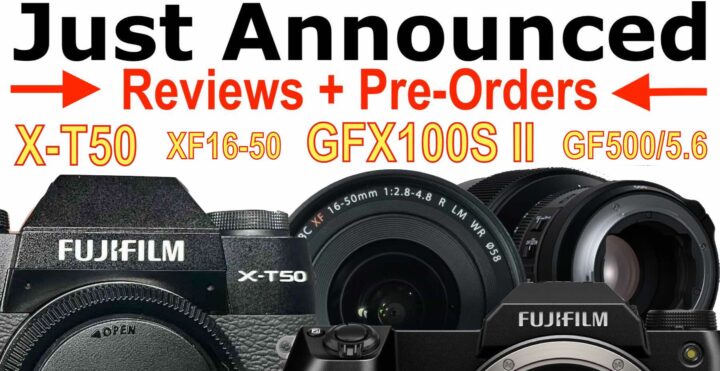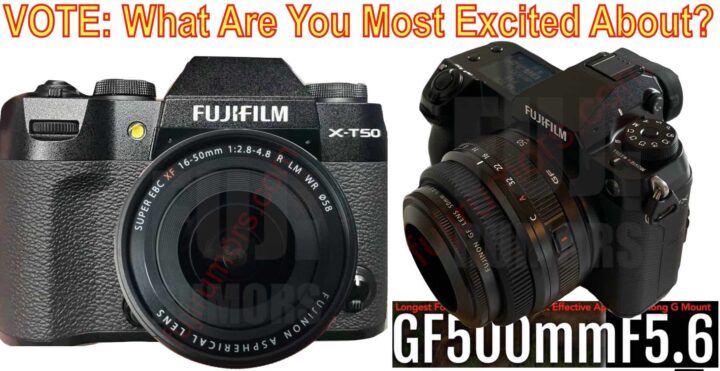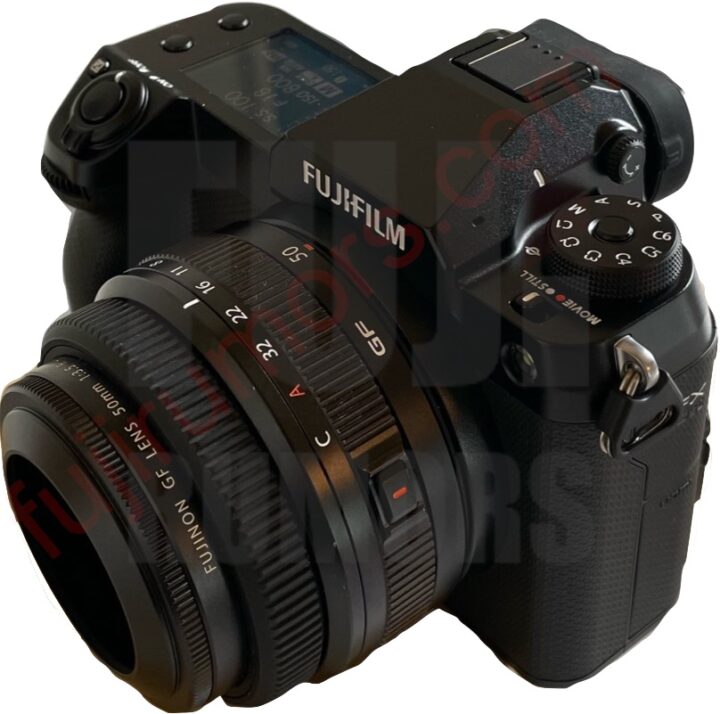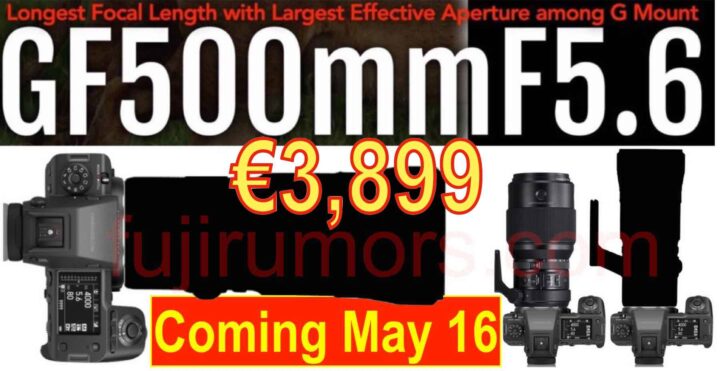Fujifilm X-T50, GFX100S II, XF16-50 and GF500mm Reviews and Pre-Orders Now! LIVE BLOG
Fujifilm X Summit Launch Blog
(refresh for latest updates)
Now Real:
- NEW ** Fujifilm X-T50 ** Fujifilm GFX100S II ** Fujinon XF 16-50mmF2.8-4.8 ** Fujinon GF 500mmF5.6 **
Pre-Orders
- X-T50
USA: BHphoto / Amazon / Adorama / Nuzira / Moment
CA: Amazon CA
UK: WexPhotoVideoUK / AmazonUK / ParkCameraUK
GER: AmazonDE / CalumetDE / FotoErhardt / Fotokoch
EUR: 50.8 Shop / PCHstore / Amazon IT / Amazon FR / Amazon ES / Amazon NL - GFX100S II
USA: BHphoto / Amazon / Adorama / Nuzira / Moment
CA: Amazon CA
UK: WexPhotoVideoUK / AmazonUK / ParkCameraUK
GER: AmazonDE / CalumetDE / FotoErhardt / Fotokoch
EU: 50.8 Shop / PCHstore / Amazon IT / Amazon FR / Amazon ES / Amazon NL - XF16-50mmF2.8-4.8
USA: BHphoto / Amazon / Adorama / Nuzira / Moment
CA: Amazon CA
UK: WexPhotoVideoUK / AmazonUK / ParkCameraUK
GER: AmazonDE / CalumetDE / FotoErhardt / Fotokoch
EU: 50.8 Shop / PCHstore / Amazon IT / Amazon FR / Amazon ES / Amazon NL - GF 500mm f/5.6
USA: BHphoto / Amazon / Adorama / Nuzira / Moment
CA: Amazon CA
UK: WexPhotoVideoUK / AmazonUK / ParkCameraUK
GER: AmazonDE / CalumetDE / FotoErhardt
EU: 50.8 Shop / PCHstore / Amazon IT / Amazon FR / Amazon ES / Amazon NL
Official Fujifilm Info
- Fujifilm X-T50: Press Release / Product Page
- Fujifilm GFX100S II: Press Release / Product Page
- Fujinon XF16-50mmF2.8-4.8: Press Release / Product Page
- Fujinon GF500mmF5.6: Press Release / Product Page
First Looks: Fujifilm X-T50 + XF16-50mmF2.8-4.8
- BH Explora – FUJIFILM GFX 100S II, GF 500mm f/5.6, X-T50, and XF 16-50mm f/2.8-4.8
- Rico’s Flickr – X-T50 + XF16-50 Samples
- dpreview – X-T50 initial review
- 50.8 Shop – X-T50 and GFX100S II announcement
- fujistas (spanish) – X-T50 hands on
- fujixweekly – Fujifilm X-T50 — The “Digital Film” Camera — But who is it for?
- fujixweekly – Fujifilm X-T50 Film Dial Settings + 14 New Film Simulation Recipes (Yes, 14!!)
First Looks: Fujifilm GFX100S + GF500mmF5.6
- BH Explora – FUJIFILM GFX 100S II, GF 500mm f/5.6, X-T50, and XF 16-50mm f/2.8-4.8
- 50.8 Shop – X-T50 and GFX100SII announcement
- thephoblographer – GF500mm review
- thephoblographer – GFX100SII review
- gizguide – FUJIFILM GFX100SII and GF500mm F5.6 super telephoto launched with Camera Samples
- maxangeloni – Fujifilm GFX 100S II – the evolution of the species
Pre-Orders
- X-T50
BHphoto / Amazon / Adorama / Nuzira / Moment - GFX100S II
BHphoto / Amazon / Adorama / Nuzira / Moment - XF16-50mmF2.8-4.8
BHphoto / Amazon / Adorama / Nuzira / Moment - GF 500mm f/5.6
BHphoto / Amazon / Adorama / Nuzira / Moment




